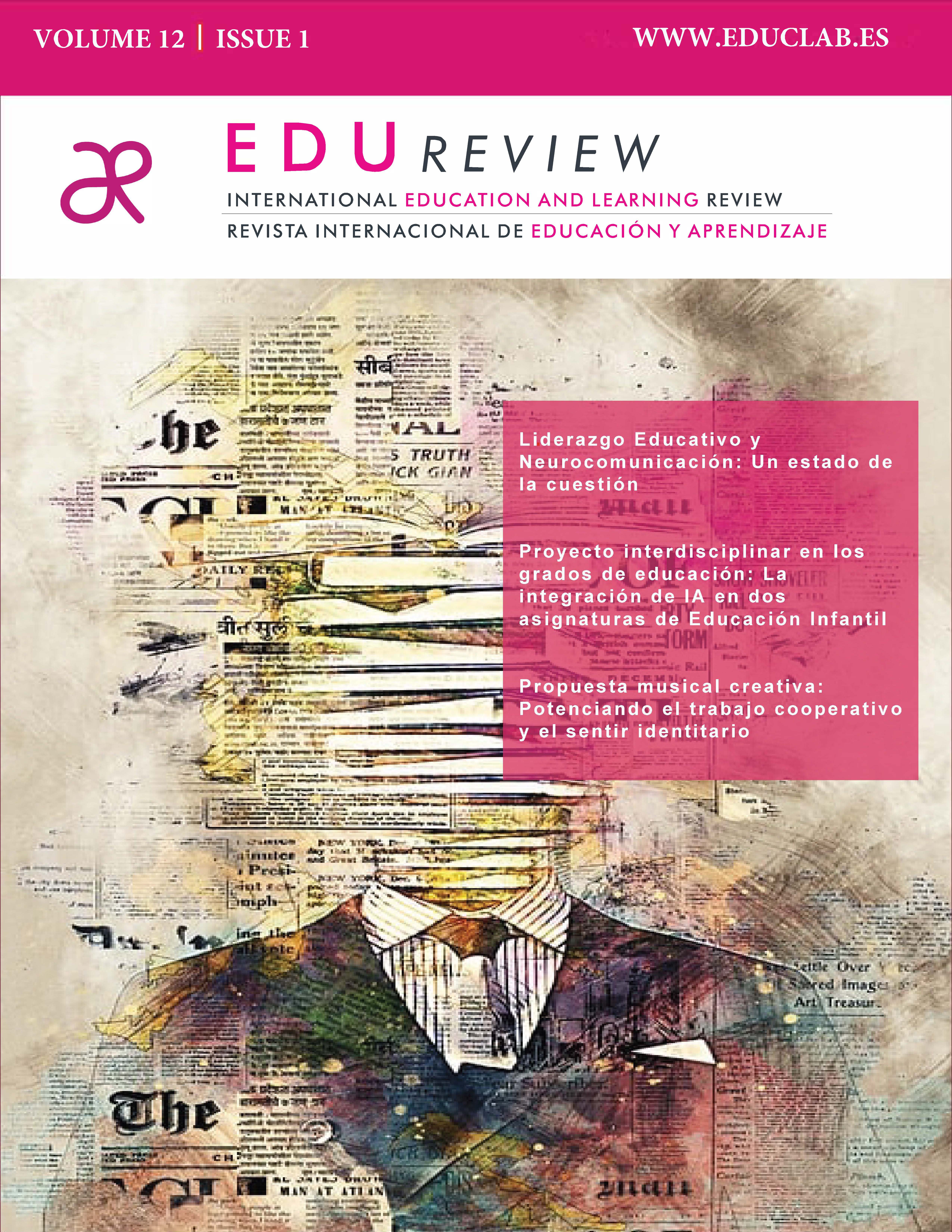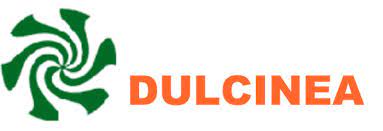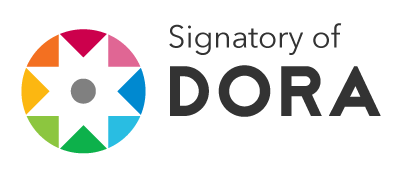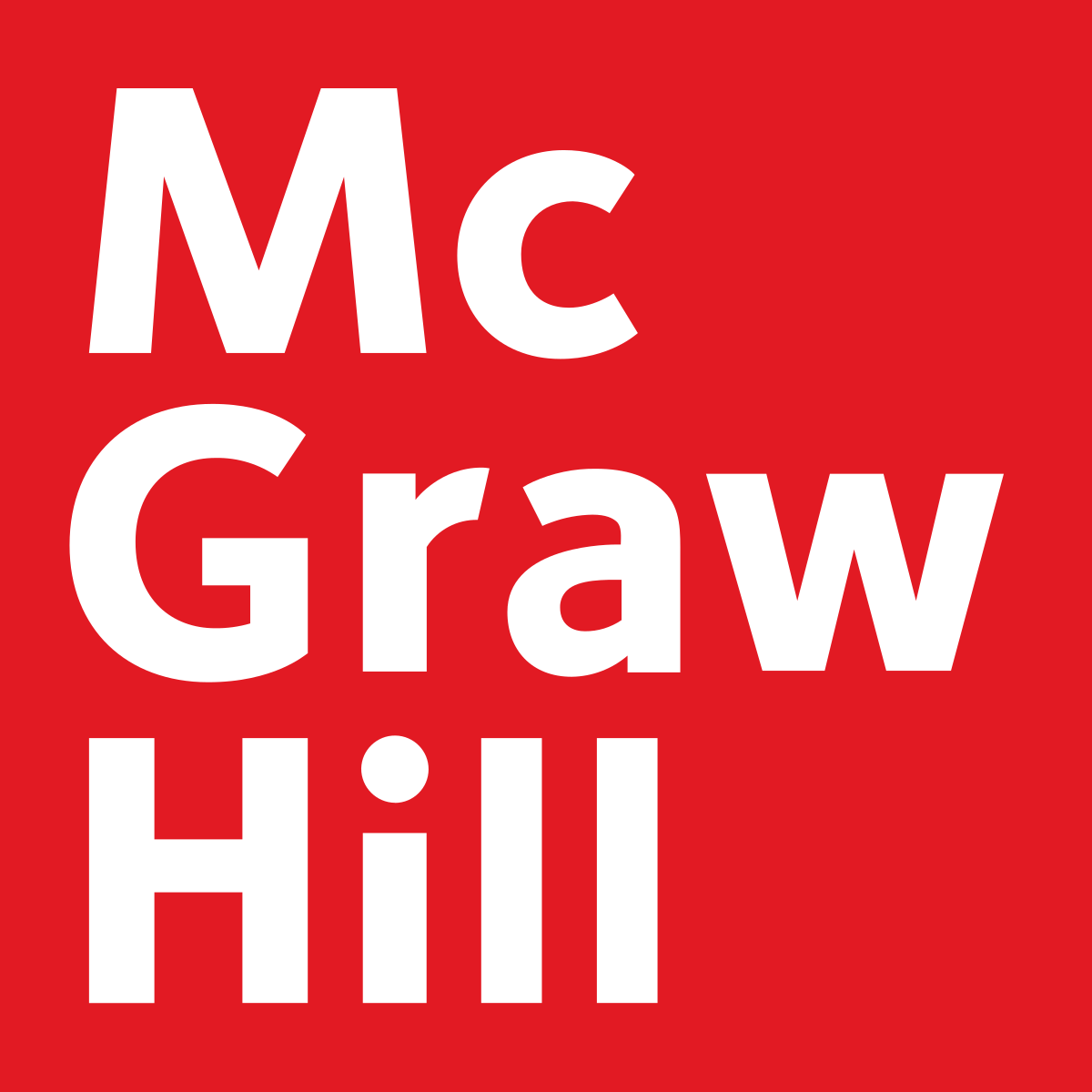Creative musical proposal
Promoting cooperative work and a sense of identity
DOI:
https://doi.org/10.62701/revedu.v12.5182Keywords:
Musical education, Creativity, Teem work, Feel identity, Inclusion, Future teachers, Active learningAbstract
A proposal developed with the students of the Degree in Primary Education Teacher at the Autonomous University of Madrid is presented. It is a cooperative project that involves creative development with a musical theme chosen by the group itself. The work carried out consisted of developing one's own lyrics as a result of reflecting on the feeling of identity. A didactic proposal, musical and choreographic accompaniment, attention to diversity and recording and editing of the final result are associated with the topic. A perception questionnaire was carried out and the students showed a preference for group work and artistic involvement.
Downloads
Global Statistics ℹ️
|
536
Views
|
56
Downloads
|
|
592
Total
|
|
References
Armenta, M. D., Salinas, V., & Mortera-Gutiérrez, F. (2013). Aplicación de la técnica educativa aprendizaje basado en problemas para capacitación a distancia (E-learning). Revista Iberoamericana de Educación a Distancia, 16(1), 57-83. http://dx.doi.org/10.5944/ried.16.1.2060 DOI: https://doi.org/10.5944/ried.16.1.2060
Arpí, C., Ávila, P., Baraldés, M., Benito, H., Gutiérrez, M., Orts, M., Rigall, R., & Ros-tan, C. (2012). El ABP: origen, modelos y técnicas afines. Aula de Innovación Educativa, 216, 14-18. https://dugi-doc.udg.edu/bitstream/handle/10256/8680/ABP.pdf?sequence=1
Badaoui, K., Lebrun, A. M., Su, C. J., & Bouchet, P. (2018). The influence of personal and social identity on the clothing consumption of adolescents. Canadian Journal of Administrative Sciences, 35, 65-78. https://doi.org/10.1002/cjas.1397 DOI: https://doi.org/10.1002/cjas.1397
Bancayán C., & Vega, P. (2020). La investigación-acción en el contexto educativo. Paideia XXI, 1(10) 233-247. https://doi.org/10.31381/paideia.v10i1.2999 DOI: https://doi.org/10.31381/paideia.v10i1.2999
Beineke, V. (2017). Componiendo colaborativamente en la escuela: entre teorías y prácticas en el campo del aprendizaje musical creativo. Revista Internacional de Educación Musical, 5, 31-39. http://dx.doi.org/10.12967/RIEM-2017-5-p031-039 DOI: https://doi.org/10.12967/RIEM-2017-5-p031-039
Bernabé, M. (2011). La Educación Intercultural en el aula de Música. Unidades didácticas interculturales para Educación Primaria. Editorial Académica Española.
Bilbao-Goyoaga, A., Barrenetxea Ayesta, M., Barandiaran Galdós, M., & González Lasquibar. X. (2023). Integración de la sostenibilidad y el desarrollo de competencias transversales a través de metodologías activas en educación superior. Revista Andina de Educación, 6(2). https://doi.org/10.32719/26312816.2022.6.2.2 DOI: https://doi.org/10.32719/26312816.2022.6.2.2
Bizarro, R. (2018). La compétence interculturelle en cours de LE. Quelques réflexions et exemples. Intercâmbio, Revista de Estudos Franceses 7, 39-48. https://ojs.letras.up.pt/index.php/int/article/view/4085/3826
Castro, V., & Chao, R. (2021). Valores cohesivos de la creación musical en el aula: estudio intercultural a través del Gamelán indonesio. Artseduca, 29, 181-194. https://doi.org/10.6035/Artseduca.2021.29.14 DOI: https://doi.org/10.6035/Artseduca.2021.29.14
Daher, M., Rosati, A., Hernández, A., Vásquez, N., & Tomicic, A. (2022). TIC y metodologías activas para promover la educación universitaria integral. Revista Electrónica de Investigación Educativa, 24, e08, 1-18. https://doi.org/10.24320/redie.2022.24.e08.3960 DOI: https://doi.org/10.24320/redie.2022.24.e08.3960
Escobar, F. (2019). Variante metodológica ABP Ctx para el aprendizaje de la dinámica de fluidos. Caso: ecuación de Bernoulli. Tesis doctoral no publicada. Centro de Investigación de Ciencia Aplicada y Tecnología Avanzada del Instituto Politécnico Nacional, México.
Gómez, F., Rivas, I., Mercado, F., & Barjola, P. (2009). Aplicación interdisciplinar del aprendizaje basado en problemas (ABP) en ciencias de la salud: una herramienta útil para el desarrollo de competencias profesionales. Red U. Revista de Docencia Universitaria, 4, 1-19. https://doi.org/10.4995/redu.2009.6228 DOI: https://doi.org/10.4995/redu.2009.6228
Gutiérrez, A. G. (2016). La música en el ámbito educativo: las comunidades de aprendizaje. International Journal for 21st Century Education, 3(1), 15-24. https://doi.org/10.21071/ij21ce.v3i1.5644 DOI: https://doi.org/10.21071/ij21ce.v3i1.5644
Gutiérrez, E. M., Salmerón, D., Alonso, A., & Morales-Delgado, N. (2020). Aprendizaje colaborativo en odontología conservadora mediante el uso de la lluvia de ideas como recurso educativo. Revista española de educación médica, 1(2), 90-104. https://doi.org/10.6018/edumed.454371 DOI: https://doi.org/10.6018/edumed.454371
Guzmán, I., & Marín, R. (2011). La competencia y las competencias docentes: reflexiones sobre el concepto y la evaluación. Revista Electrónica Interuniversitaria de Formación del Profesorado, 14(1), 151-163. https://www.redalyc.org/pdf/2170/217017192012.pdf
Herrera, L., & Gómez, M.P. (2019). Influencia del ABP en el nivel de razonamiento de estudiantes de Educación Superior. Revista Boletín REDIPE, 8(12), 105-116. https://doi.org/10.36260/rbr.v8i12.877 DOI: https://doi.org/10.36260/rbr.v8i12.877
Higuera, D., Guzmán, J., & Rojas, Á. (2019). Implementando las metodologías steam y abp en la enseñanza de la física mediante Arduino. Memorias De Congresos UTP, 133-137. https://revistas.utp.ac.pa/index.php/memoutp/article/view/2304
Lago, L., Sanabria, J., & Zuluaga, P. (2022). Investigación–Acción Participativa con estudiantes en Comodoro Rivadavia. Comunicación y extensión universitaria en tiempos de pandemia. +E: Revista de Extensión Universitaria, 12(17), 13-13. https://doi.org/10.14409/extension.2022.17.jul-dic.e0027 DOI: https://doi.org/10.14409/extension.2022.17.Jul-Dic.e0027
Martínez-Hierrezuelo, Y., & Bernabé-Villodre, M.M. (2023). Validación de una estrategia de estimulación del interés situacional para trabajar la interculturalidad en contextos pluriculturales. Conhecimento & Diversidade, 15(38), 531-562. https://doi.org/10.18316/rcd.v15i38.11038 DOI: https://doi.org/10.18316/rcd.v15i38.11038
Meinardi, E. (2010). ¿Cómo enseñar ciencias? En E. Menardi (Ed.) Educar en Ciencias (pp. 95-129). Paidós.
Mora, C. (2005). Enseñanza problémica de la física. Sinéctica, Revista Electrónica de Educación, 1(27) 1-10. https://www.redalyc.org/pdf/998/99815895004.pdf
Moya-Chávez, D., Moreno-García, N., & Núñez-Camacho, V. (2019). Interculturality and language teaching in Colombia: the case of three Teacher Education Programs. Signo y Pensamiento. 37(73). http://doi.org/10.11144/Javeriana.syp37-73.iltc DOI: https://doi.org/10.11144/Javeriana.syp37-73.iltc
Muñoz, J. R., & González-Martín, J. (2023). Intercultural educa[n]tion: songs based on tales as a means of intercultural education. Educação & Formação, 8, e10617. https://doi.org/10.25053/redufor.v8.e10617 DOI: https://doi.org/10.25053/redufor.v8.e10617
Olcina-Sempere, G., Reis-Jorge., J., & Ferreira, M. (2020). La Educación Intercultural: La música como instrumento de cohesión social. Revista de Educación Inclusiva, 13(1), 288-311. https://revistaeducacioninclusiva.es/index.php/REI/article/view/392
Oriola, S., Gustems, J., & Filella, G. (2018). Las bandas y corales juveniles como recurso para el desarrollo integral de los adolescentes. Revista Electrónica Complutense de Investigación en Educación Musical, 15, 153-173. https://doi.org/10.5209/RECIEM.58813 DOI: https://doi.org/10.5209/RECIEM.58813
Pérez, S., & Leganés, E. N. (2012). La música como herramienta interdisciplinar: un análisis cuantitativo en el aula de Lengua Extranjera de Primaria. Revista de Investigación en Educación, 10(1), 127-143. https://revistas.uvigo.es/index.php/reined/article/view/1917/1828
Protasio, N. (2022). Cultural Approaches in Musical Pedagogies of Dalcroze, Kodaly, Willems and Orff. Musica Hodie, 22, e71134. https://doi.org/10.5216/mh.v22.71134 DOI: https://doi.org/10.5216/mh.v22.71134
Roa, H. (2015). Estrategias creativas y metacognitivas en el aprendizaje musical. Civilizar, 16(30), 207-222. http://dx.doi.org/10.22518/16578953.544 DOI: https://doi.org/10.22518/16578953.544
Silva, J., & Maturana, D. (2017). Una propuesta de modelo para introducir metodologías activas en educación superior. Innovación Educativa, 17(73), 117-131. https://www.scielo.org.mx/scielo.php?pid=S1665-26732017000100117&script=sci_abstract
Ward, P., & Delgado, A. (2018). Introducción: Música popular, identidad y política. Historia Contemporánea, 57, 321-324. https://doi.org/10.1387/hc.19433 DOI: https://doi.org/10.1387/hc.19433
Zambrano, E. N. (2020). Interculturalidad y educación musical en Colombia. Apuntes para un proyecto áulico. Revista Conrado, 16(77), 258-266. https://conrado.ucf.edu.cu/index.php/conrado/article/view/1595/1578
Zambrano, V., & Naranjo, A. (2020). ABP: estrategia didáctica en las matemáticas. 593 Digital Publisher CEIT, 1(5), 69-77. https://doi.org/10.1007/978-3-030-65617-1_13 DOI: https://doi.org/10.33386/593dp.2020.1.184
Zambrano, M. A., Hernández, A., & Mendoza, K. L. (2022). Project-based learning as a didactic strategy. Revista Conrado, 18(84), 172-182. http://dx.doi.org/10.29057/escs.v11i21.11735 DOI: https://doi.org/10.29057/escs.v11i21.11735
Downloads
Published
How to Cite
Issue
Section
License
Copyright (c) 2024 EDU REVIEW. International Education and Learning Review / Revista Internacional de Educación y Aprendizaje

This work is licensed under a Creative Commons Attribution-NonCommercial-NoDerivatives 4.0 International License.
Those authors who publish in this journal accept the following terms:
-
Authors retain copyright.
-
Authors transfer to the journal the right of first publication. The journal also owns the publishing rights.
-
All published contents are governed by an Attribution-NoDerivatives 4.0 International License.
Access the informative version and legal text of the license. By virtue of this, third parties are allowed to use what is published as long as they mention the authorship of the work and the first publication in this journal. If you transform the material, you may not distribute the modified work. -
Authors may make other independent and additional contractual arrangements for non-exclusive distribution of the version of the article published in this journal (e.g., inclusion in an institutional repository or publication in a book) as long as they clearly indicate that the work was first published in this journal.
- Authors are allowed and recommended to publish their work on the Internet (for example on institutional and personal websites), following the publication of, and referencing the journal, as this could lead to constructive exchanges and a more extensive and quick circulation of published works (see The Effect of Open Access).













